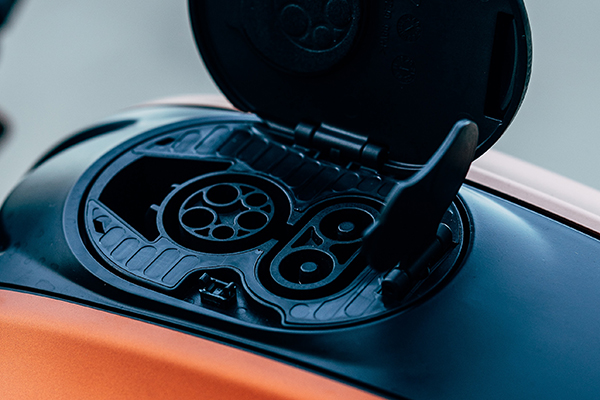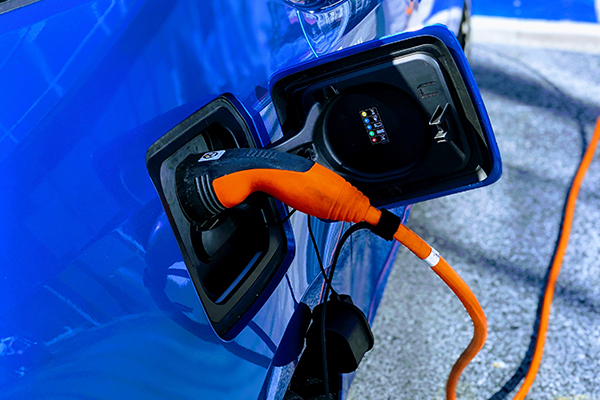Solar panels: a ray of hope as UK energy prices go through the roof
Demand is growing as more of us work from home. But does the £5,000 outlay for installation pay off?
With energy bills on their way up again from April, homeowners are looking skywards to try and ease the pressure on their budgets – by installing solar panels.
The latest change to the regulator’s cap on default tariffs means, from spring, that the average annual dual-fuel bill will go up to £1,971, an increase of 54% on current levels.
And with homeowners increasingly working from home, and therefore using more energy during the day, many are looking at installing panels to cut costs, and even earn from the energy they generate.
Thomas Newby, chief executive of Leeds-based renewable energy company egg, says they received the same number of inquiries in the first nine days of this month as they did in the whole of November.
“Many consumers are still on fixed deals but which will likely come to an end shortly, so I expect we may see a further increase in demand in the coming year,” he says.
What it costs
Solar panels convert energy from the sun into electricity. Stronger sunlight creates more electricity, which can then either be used in your home or exported to the national grid.
But installing them comes at a cost. The average bill reaches almost £5,000 and rising labor bills and shortages of photovoltaic panels mean prices are going up.
Domestic systems are generally made up of between 10 and 15 panels, each of which generates between 200W and 350W of energy, according to the Energy Saving Trust, a charity promoting energy efficiency. The more panels on the roof, the higher the installation cost but also the potential for more energy.
The average price for an installation of a 3.5kW system is £4,800, including labor. This tends to be about 12 panels.
“This is the average size for domestic systems in the UK,” says Brian Horne, senior insight and analytics consultant at the Energy Saving Trust. “The amount you pay for installation will be influenced by the size of the system, and will also be affected by any difficulty with access to your roof.”
This price does not include the cost of a battery, which allows solar energy to be stored for use at a later time. They range between £1,200 and £6,000, according to GreenMatch, which compares green energy products.
Although prices for solar systems have come down over the last decade, the increased cost of labor as well as the shortage in panels from China recently, has sent costs on the way back up, says Newby. “That’s as a result of some increase in material prices but, more generally, it is labor. That’s a big part of the job.”
Planning and permissions
The ideal roof for solar panels is south-facing. East- or west-facing roofs yield up to 20% less energy; north-facing ones are the least productive and deemed to be impractical in the UK.
For a 3.5kW system, you need room for 15 to 20 sq meters of panels. The best results will be achieved from a roof angled at 30 degrees. Most UK roofs are between 30 and 45 degrees, according to consumer group Which?.
Solar panels are classed as permitted developments so in most cases will not require planning permission. However, if you live in a listed building or a conservation area, there may be restrictions. It is best to contact your local council to be absolutely clear.
When solar panels are to be installed, the company which brings electricity to your home – the Distribution Network Operator (DNO) – must be informed. The Energy Networks Association has an online tool that, by entering your postcode, will tell you which company operates in your area.
If a solar system is above a certain size, prior permission is needed from the DNO and can take up to three months to obtain, according to Newby. After the preparation for putting the system in place is complete, installing the panels can take one to two days.




